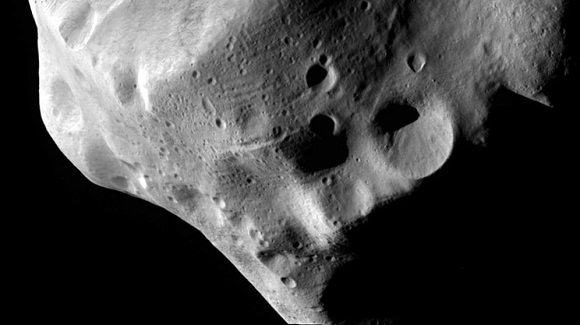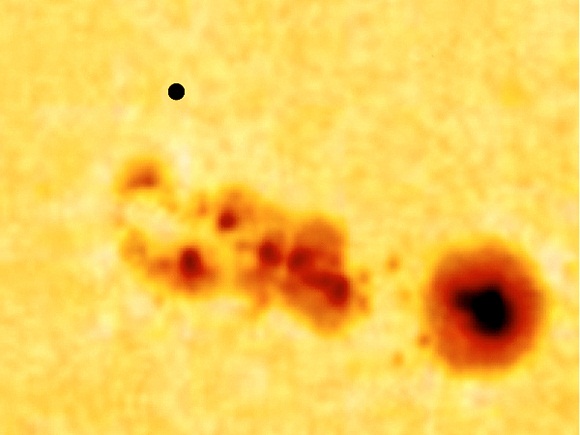Where and When to See Comet PANSTARRS
Comet C/2011 L4 PANSTARRS has been wowing observers in the southern hemisphere recently and there have been some fantastic images taken of it. So when do we in Armagh get a chance to see this visitor from the Oort Cloud? The answer is next week! Comet PANSTARRS reaches perihelion, Read more











